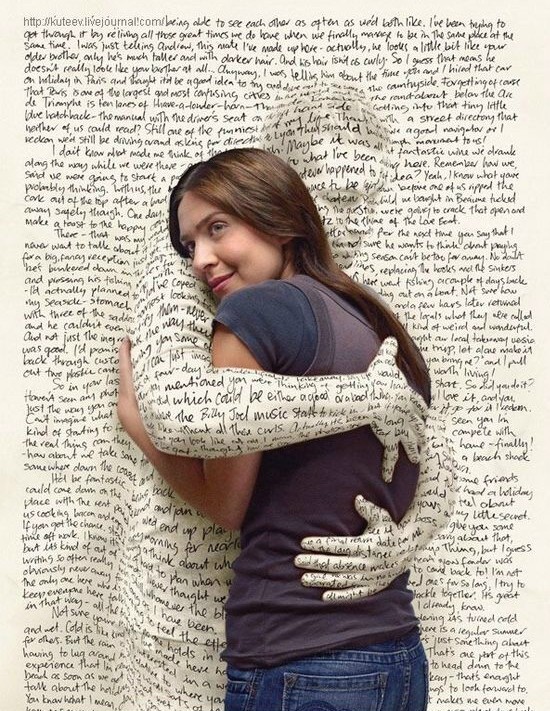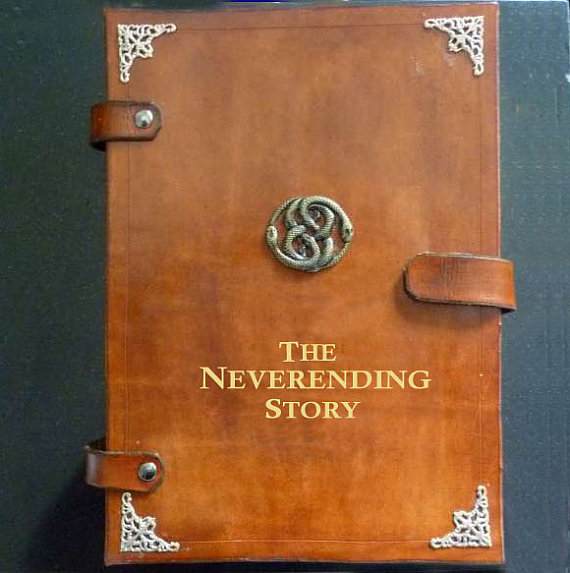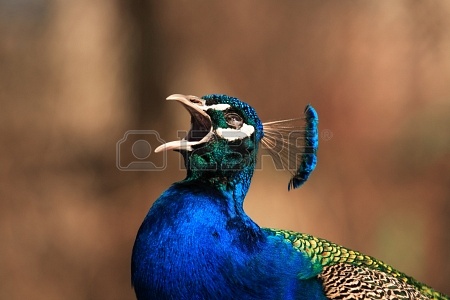Mahabharata: The story of war and peace
From the title most of you would have figured out that this article is about the great Indian epic, Mahabharata. Firstly, I feel a need to mention the fact that, despite my perfectly traditional Hindu name, I am a hard-core atheist and my article is not being used as a tool to advocate Hinduism or trying to promote it. Secondly, the reason why I chose to write about Mahabharata is because it taught me noir. I am unpleasable, an extremely harsh critic and I am, very rarely, impressed by a piece of art. But this book left me marvelled and a part of this article will tell you why. Thirdly, there are various mysteries surrounding this epic and some of them astonish us to a great extent. Their mere mention makes me question the bedtime stories that were told to me when I was a kid.
Introduction to Mahabharata: It is one of the two most important epics in ancient India, the other being Ramayana. The legend has it that Lord Ganesh wrote it as it was being dictated by Vyasa, the author of Mahabharata. Bhagavad Gita, the holy book of Hinduism, is a dialogue between Krishna and Arjuna and is a part of Mahabharata. Everyone who has grown up in India, regardless of their religion, most probably, will know at least one story from Mahabharata. Due to this, many are under the impression that Mahabharata is a collection of independent short stories with a common mythological theme. But the truth is Mahabharata is a continuous story but the incidents are independent, don’t need a background story for understanding it, and hence, they are narrated as short stories.
Summary: It is said that the number of characters in Mahabharata are as many as the hair you have on your head (If you are bald, then you are an exception). Mahabharata has about 1.8 million words in total. Just the summary of Mahabharata will take up more than two pages. But in short, most of the story is about the conflicts, rivalry and later, war between two sets of parental cousins born to two brothers, Pandu and Dhritarashtra. The core story of Mahabharata is about the dynastic struggle for the throne of Hastinapura. Pandu’s sons were five in number who are referred to as Pandavas and Dhritarashtra had hundred sons who were called Kauravas. But the five Pandavas of Pandu were not his biologically sons. Kunti, wife of Pandu, used the boons given to her by the sage Durvasa to bear her three sons, Yudhishtira, Bhima and Arjuna and shared it with Madri, the other wife of Pandu, to help her bear the twins, Nakula and Sahadev.
Brief review of Mahabharata: Some see Mahabharata as a religious text. To others, it is a beautifully told tale with fabulous characterization and vivid imagination. Very often, a book that’s translated from the original language it was written in is said to lack the kind of impact and power that the original text had. Though Mahabharata was originally written in Sanskrit, even its translation in English will leave you with a feeling of horripilation.
The women in Mahabharata play very powerful roles in some parts. Like the stubborn river goddess, Ganga who didn’t want her activities questioned. Panchali, though she is cited as an example to prove that Mahabharata portrayed the dominance of men (because of her disrobing incident), was actually a character that wielded a lot of power if interpreted correctly. Panchali lived through an era in which it was believed that a woman’s duty was, primarily, to serve her husband and even during those days, she was unwavering and she is seen as an early feminist. Even as a child, she perceived things differently and she was very smart for a woman who was born during a time when women were majorly suppressed and were taught not to question or cross the line. Amba, the daughter of king Kashi, is another example. She fought fearlessly and tirelessly to kill Bhishma and in the end, she was actually the reason for his death. One of the most potent characters in Mahabharata being killed by a women definitely depicted their power. This proves that Mahabharata is not misogynistic.
Another wonderful aspect of this epic is how every character had a big personality and how beautifully this was articulated.
1. For instance, Dhuryodhana is perceived as the antagonist of Mahabharata by many. Despite his major flaws, he had good virtues like loyalty, respect for friendship and efficient governance.
2. Another example would be that of Krishna. Though Krishna plays a vital role in Mahabharata and is considered as “The God”, he has done some morally questionable activities.
• Karna, one of the greatest warriors (even better than Arjuna), is known for his benevolence. He cannot say no to anyone and he gives them whatever they ask for. Krishna orders Lord Indra to meet Karna in disguise and ask for two of his greatest possessions, golden armour and a pair of earrings, with which he was born and which protect him. Indra does as instructed and Karna, knowing that the person in disguise is Lord Indra and also his intentions, still gives him whatever he had asked for. Krishna, later, misuses his power by disguising himself as an old man and asks Karna to give him whatever he can. Karna replies that he has nothing at all to give. But the old man asks Karna to give him his “Punya”, the merit that a person accumulates through his good deeds and thoughts. By doing this, Krishna hits the weak point of Karna and makes him lose everything before the war knowing that he is, otherwise, impossible to defeat in the battlefield.
• Gandhari is the wife of blind King Dhritarashtra and she blindfolds herself because she doesn’t want to see the world her husband cant. Due to this noble deed of hers, she gains immense power from a sage who, also, mentions that she can transfer this power to only one of her sons and that son will be unbeatable in the battlefield. Gandhari decides to give it to Duryodhana, her oldest son, and she asks him to come naked to her room for this purpose. Krishna, on the way, spots Duryodhana and tells him that, though it’s his mother, he cannot meet her stark naked and asks him to wear a piece of cloth around his groin. Duryodhana does as instructed. Since there was a piece of cloth around his thigh during the time of transfer, the transmitted power did not accumulate in that area which in turn means that his thigh is still vulnerable to attacks. In the battlefield, Yudhisthira challenges Duryodhana to fight one-to-one against any one Pandava of his like. Duryodhana picks Bhima, his biggest rival. After a fierce battle that went on for many hours, Duryodhana starts to exhaust Bhima. Seeing that Bhima is losing his strength, Krishna signals Bhima to attack him on his thigh and this led to the death of Duryodhana. This is a clear case of battlefield misconduct.
3. Karna is another such character. He is regarded as the hidden hero of Mahabharata. He is said to be a gem of a person and the only mistake he did was ending up with bad company.
Such strong portrayal of characters that leave us awestruck can be found only in Mahabharata.
Enigma: The unanswered questions of Mahabharata.
• Many argue that Mahabharata is just a fictional story and the characters are just the author’s imagination. On the other hand, there are others who say that Mahabharata isn’t a myth and that it actually happened centuries ago.
• Many historians refuse to believe that the authorship of Mahabharata can be attributed to the great sage, Vyasa. They argue that the word “Vyasa”, which according to Mahabharata itself means “he one who arranges”, must be a title attached to a religious seat.
• Mahabharata states that Dhuryodhana attained heaven. Many argue that this is just Naradha’s illusion to test Yudhishtra.
These mysteries can never be solved and I think, the fact that no evidence, henceforth, can suffice to answer these questions just adds to the beauty of Mahabharata.





